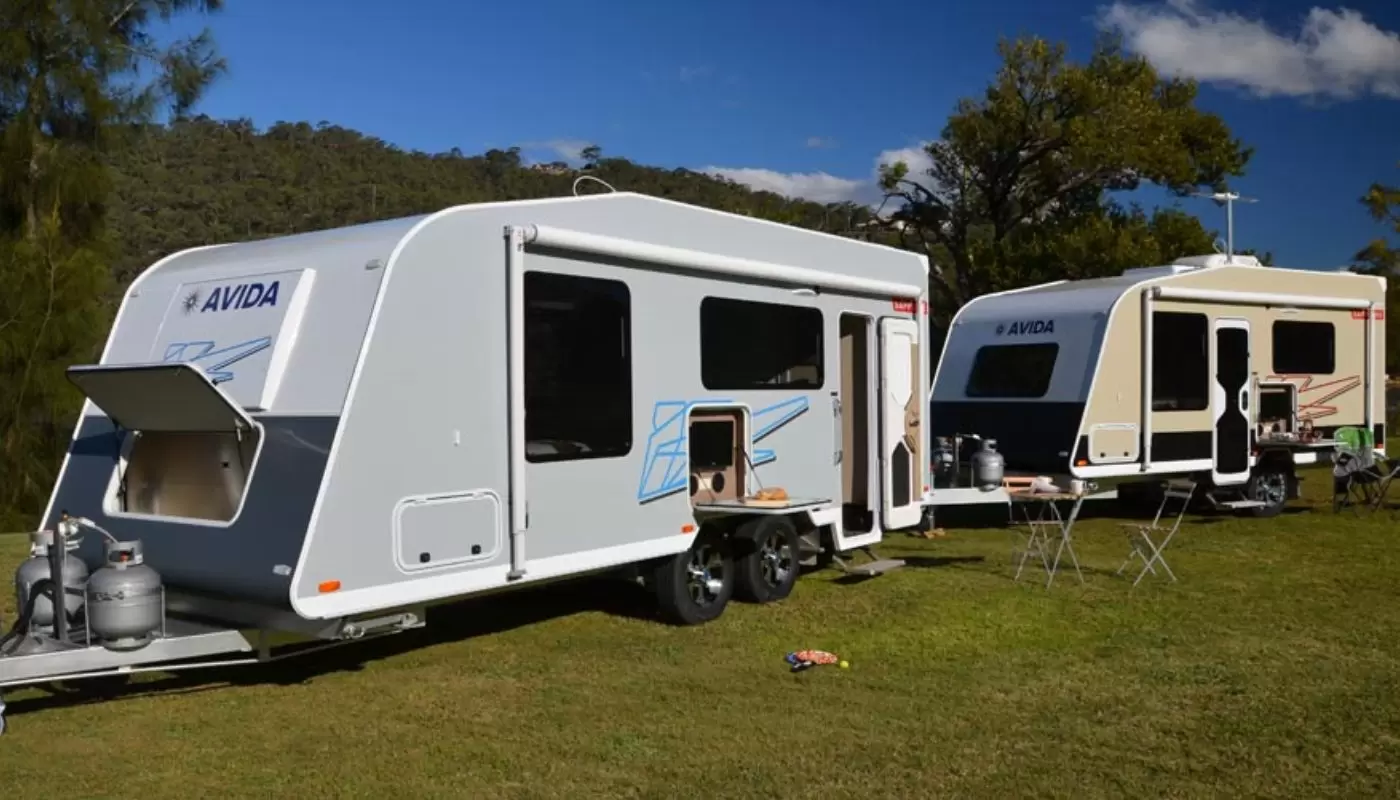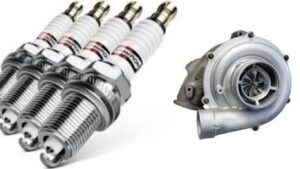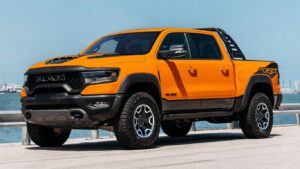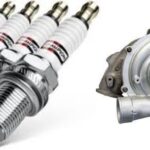Are you dreaming of exploring the vast Australian outback but worried about maneuvering a massive RV? Look no further! We’ve got the lowdown on the 5 best small caravans in Australia that’ll make your adventure dreams come true. These compact wonders are perfect for navigating tight spots and offer all the comforts of home. So buckle up, mate – we’re about to take you on a tour of Australia’s finest mini mobile homes!
Understanding Small Caravans: A Quick Guide for Americans
Before we dive into our top picks, let’s break down what makes a caravan “small” in the Land Down Under. In Australia, small caravans typically range from 10 to 18 feet in length. They’re a far cry from the behemoth RVs you might see cruising down Route 66!
Why are these compact caravans gaining popularity? Well, they’re:
- Easier to tow and maneuver
- More fuel-efficient
- Ideal for accessing remote campsites
- Often more affordable than their larger counterparts
Now, let’s hit the road and explore the cream of the crop in Australian small caravans!
Top 5 Small Australian Caravans
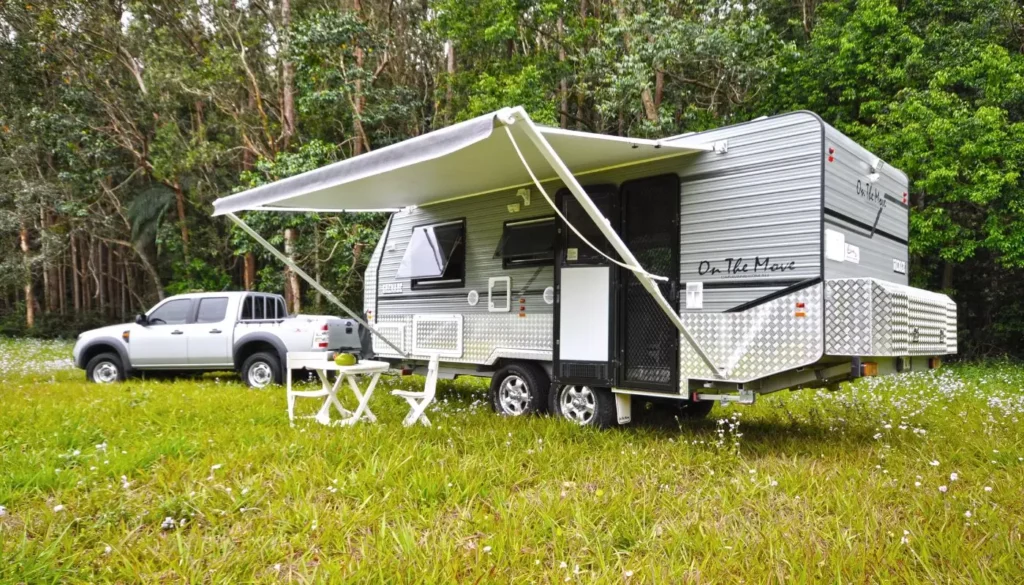
1. The Jayco Hummingbird: Lightweight Marvel
The Jayco Hummingbird is a true lightweight caravan that’s stolen the hearts of Aussie adventurers. With a mere 990 kg tare weight, this little beauty is a breeze to tow, even with smaller vehicles.
Key Features:
- Length: 13’1″ (4.0m)
- Sleeping capacity: 2 adults
- Modern induction cooktop
- Compact bathroom solution
- 24-inch TV with multimedia system
Pros:
- Ultra-lightweight design
- High-quality Jayco construction
- Excellent for first-time caravanners
Cons:
- Limited storage space
- No separate shower
The Hummingbird is perfect for couples looking to dip their toes into the caravanning lifestyle. Its compact size doesn’t compromise on comfort, offering a cozy sleeping space and functional kitchen equipped with modern amenities.
“The Jayco Hummingbird is a game-changer for those who want to explore Australia without the hassle of a large caravan,” says Thomas Perrotta, an avid caravanner and travel blogger.
2. Winnebago Burke: Luxe Living on Wheels
If you’re after a touch of luxury in your compact caravan, the Winnebago Burke delivers in spades. This small but mighty caravan proves that good things indeed come in small packages.
Standout Amenities:
- Queen-sized bed with innerspring mattress
- Full ensuite with separate shower
- Cafe-style dinette
- External BBQ bayonet
Size and Maneuverability:
- Length: 17’7″ (5.36m)
- Width: 7’10” (2.39m)
- Tare weight: 1,780kg
The Burke is ideal for those who want the comforts of home while exploring the Australian outback. Its well-thought-out layout maximizes space, making it feel much larger than its compact dimensions suggest.
3. Avan Aspire: Compact Comfort King
The Avan Aspire is a testament to clever design, offering surprising spaciousness in a small package. This popular small caravan option is perfect for those who want to purchase a caravan without breaking the bank.
Unique Design Elements:
- Pop-top roof for extra headroom
- Convertible lounge/bed configuration
- External slide-out kitchen
Space Optimization Tricks:
- Multi-functional furniture
- Clever storage solutions throughout
- Expandable living area with pop-top design
The Aspire performs admirably on various terrains, thanks to its lightweight construction and sturdy chassis. It’s an excellent choice for those who want to explore both coastal roads and rugged outback trails.
4. Jurgens Lunagazer: Stargazer’s Dream
For nature lovers and amateur astronomers, the Jurgens Lunagazer is a dream come true. This innovative caravan brings the outside in, perfect for those Australian nights under the stars.
Innovative Features:
- Large skylight for stargazing
- Solar panel for off-grid adventures
- Outdoor entertainment system
Durability and Build Quality:
- Robust aluminum frame
- High-quality insulation for all-weather comfort
- Off-road capable chassis
The Lunagazer shines when it comes to fuel efficiency and towing ease. Its aerodynamic design cuts through the air, reducing drag and improving your vehicle’s fuel consumption.
5. New Age Gecko: Tech-Savvy Traveler’s Choice
Last but certainly not least, the New Age Gecko is the perfect caravan for the modern, tech-savvy explorer. This smart little caravan is packed with features that’ll make your journey smoother and more enjoyable.
Smart Technology Integration:
- Wi-Fi boosting system
- Smart climate control
- Bluetooth-controlled awning
Customization Options:
- Choice of interior finishes
- Optional off-road package
- Upgradeable solar system
The Gecko’s off-grid capabilities are impressive, with its solar panels and battery system allowing you to generate and store your own electricity. This makes it ideal for those who want to venture far off the beaten path.
Comparing the Top 5: Which Small Caravan Suits You?
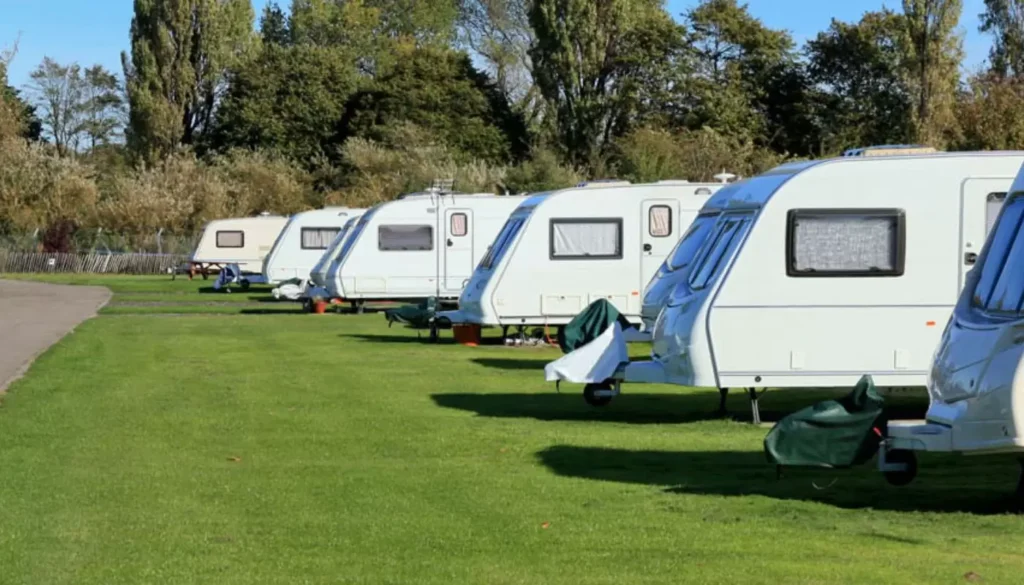
To help you make an informed decision, let’s break down these caravans side by side:
| Model | Length | Weight | Sleeping Capacity | Price Range (AUD) |
| Jayco Hummingbird | 13’1″ | 990kg | 2 | $30,000 – $40,000 |
| Winnebago Burke | 17’7″ | 1,780kg | 2-3 | $60,000 – $70,000 |
| Avan Aspire | 15’9″ | 1,350kg | 2-4 | $40,000 – $50,000 |
| Jurgens Lunagazer | 16’5″ | 1,500kg | 2 | $50,000 – $60,000 |
| New Age Gecko | 16’1″ | 1,660kg | 2-3 | $55,000 – $65,000 |
Tips for Americans Considering an Australian Small Caravan
If you’re an American thinking about importing one of these beauties, here are some things to consider:
- Import regulations: Importing a caravan to the US can be complex. Check with US Customs and Border Protection for current regulations.
- Right-hand drive towing: Australian caravans are designed for right-hand drive vehicles. You’ll need to adjust your towing setup accordingly.
- Aussie camping culture: Expect a more laid-back, social atmosphere in Australian caravan parks compared to US campgrounds.
Planning Your Australian Caravan Adventure
Ready to hit the road? Here are some top routes for your small caravan adventure:
- The Great Ocean Road, Victoria
- The Red Centre Way, Northern Territory
- The Savannah Way, Queensland to Western Australia
Best time to travel: Spring (September to November) and Autumn (March to May) offer mild temperatures and fewer crowds.
Conclusion
The world of small caravans in Australia is diverse and exciting, offering something for every type of traveler. Whether you’re after luxury, off-grid capabilities, or just a cozy place to rest your head, these top 5 caravans have got you covered.
Remember, the best caravan for you depends on your specific needs, budget, and travel style. Take your time, do your research, and maybe even rent a few different models before making your final decision.
So, what are you waiting for? The vast Australian landscape is calling, and these compact caravans are your ticket to explore it in comfort and style. Happy travels, mate!
FAQs About Small Australian Caravans
- Can I rent these caravans instead of buying them?
Yes, many companies offer caravan rentals. It’s a great way to test different models before making a purchase.
- How do Australian caravan parks differ from US campgrounds?
Australian caravan parks often offer more amenities, including communal kitchens, laundry facilities, and sometimes even swimming pools.
- What’s the average lifespan of a small Australian caravan?
With proper maintenance, a quality caravan can last 10-15 years or more.
- Are these caravans suitable for off-road adventures?
Some models, like the Jurgens Lunagazer and New Age Gecko, offer off-road packages. Always check the specifications before venturing off-road.
- How do I maintain a small caravan in Australia’s diverse climates?
Regular maintenance, proper storage, and using protective covers when not in use are key. Also, consider upgrading insulation for extreme temperatures.
As the founder of TrustArmorInsurance, [Admin] the site in 2024 to offer reliable insurance solutions with a focus on trust and security. With a commitment to providing top-notch coverage and personalized service, TrustArmorInsurance aims to meet diverse needs with integrity and professionalism.
